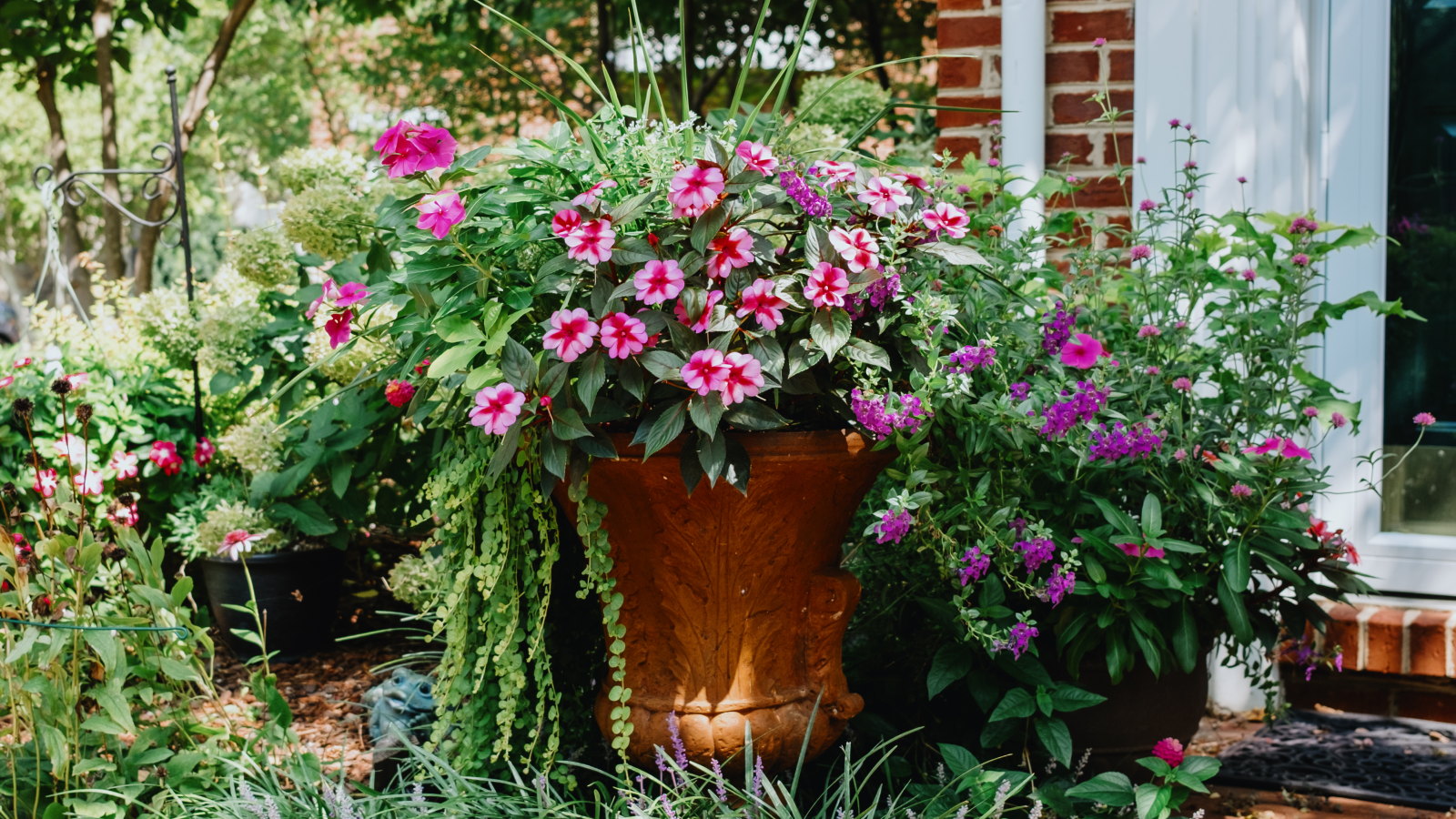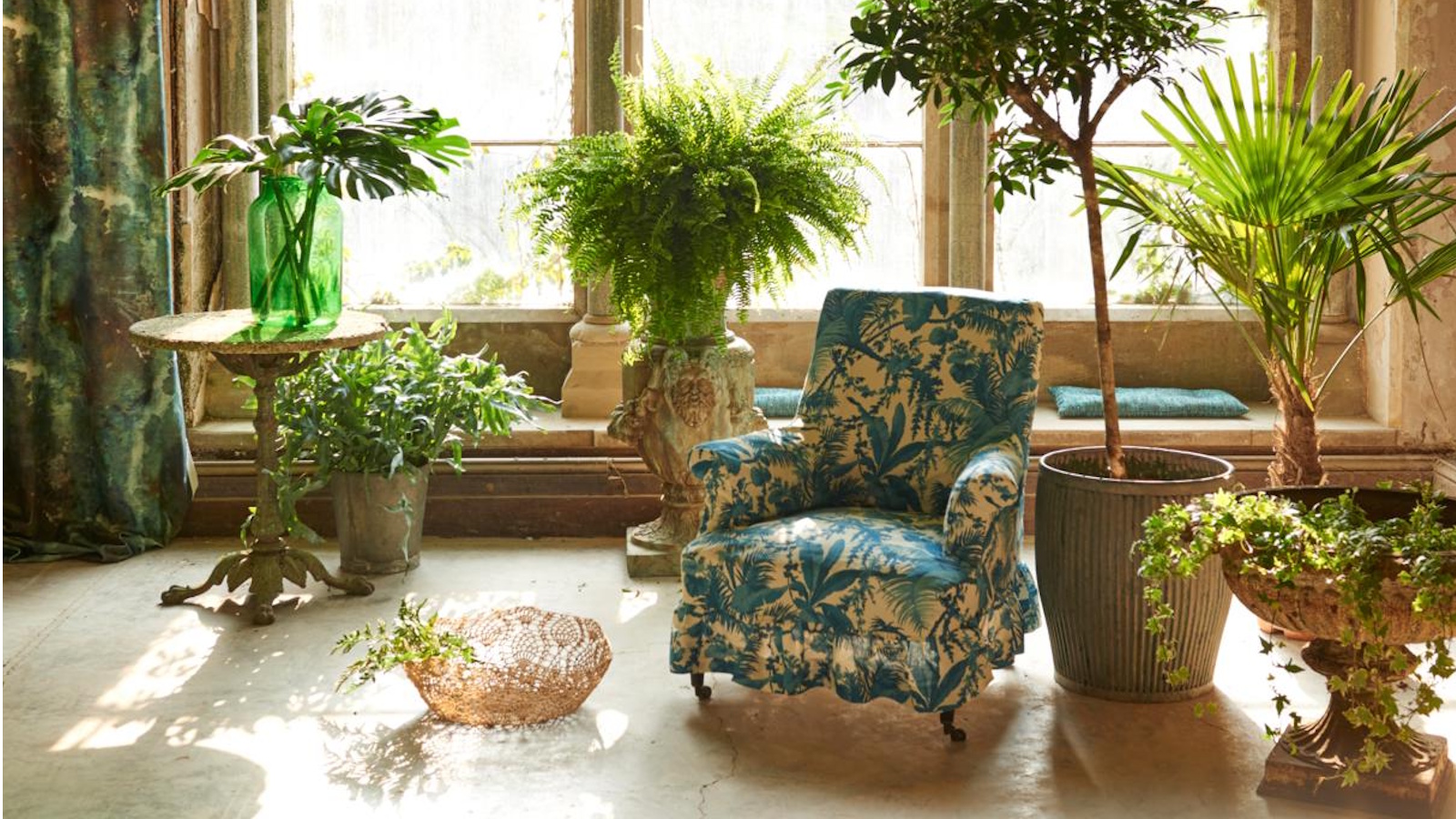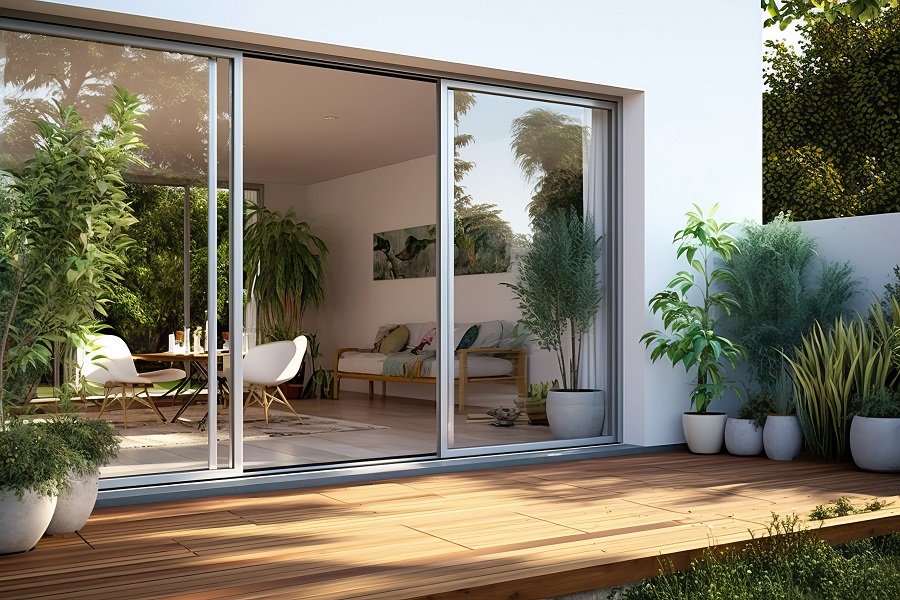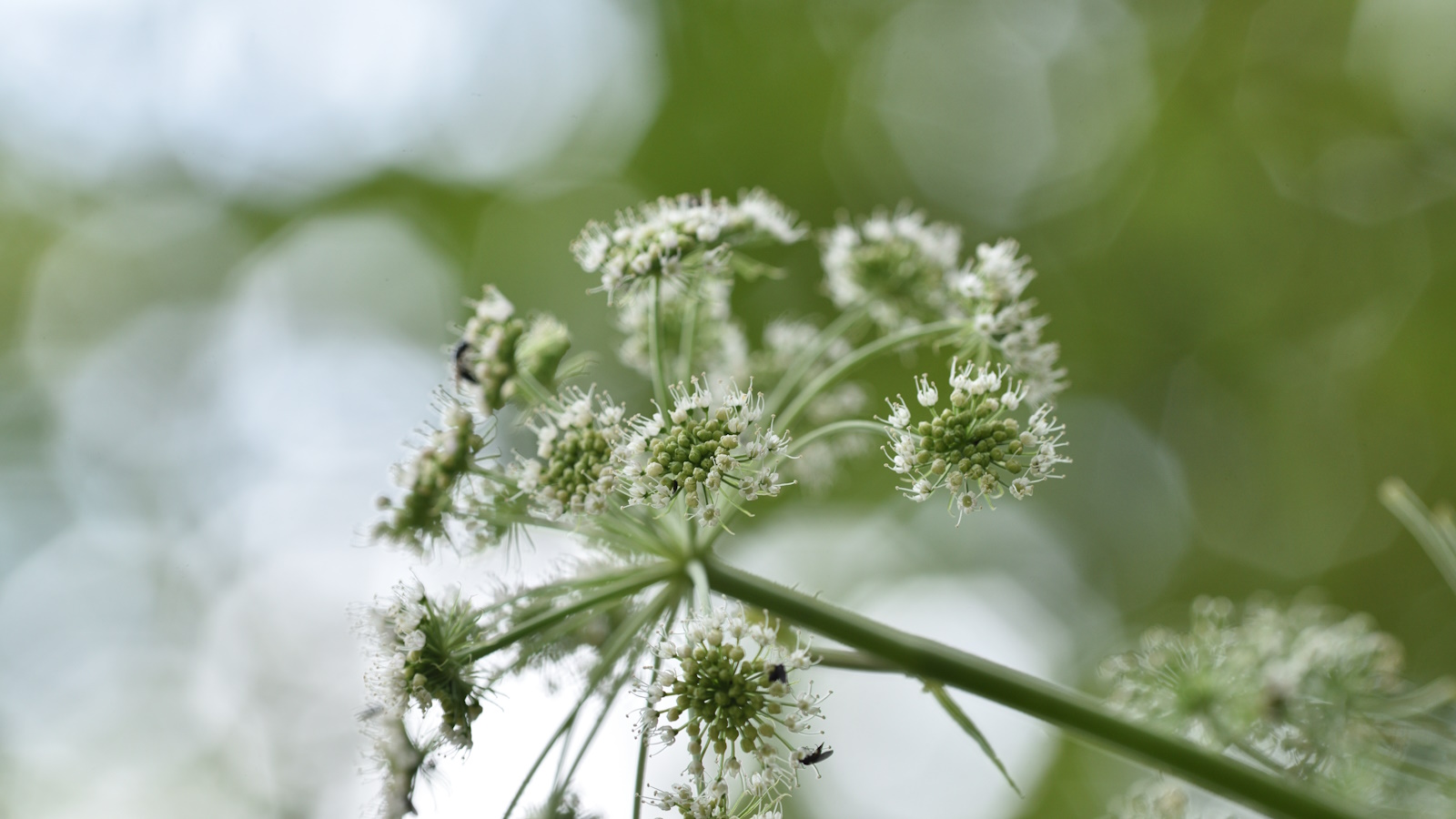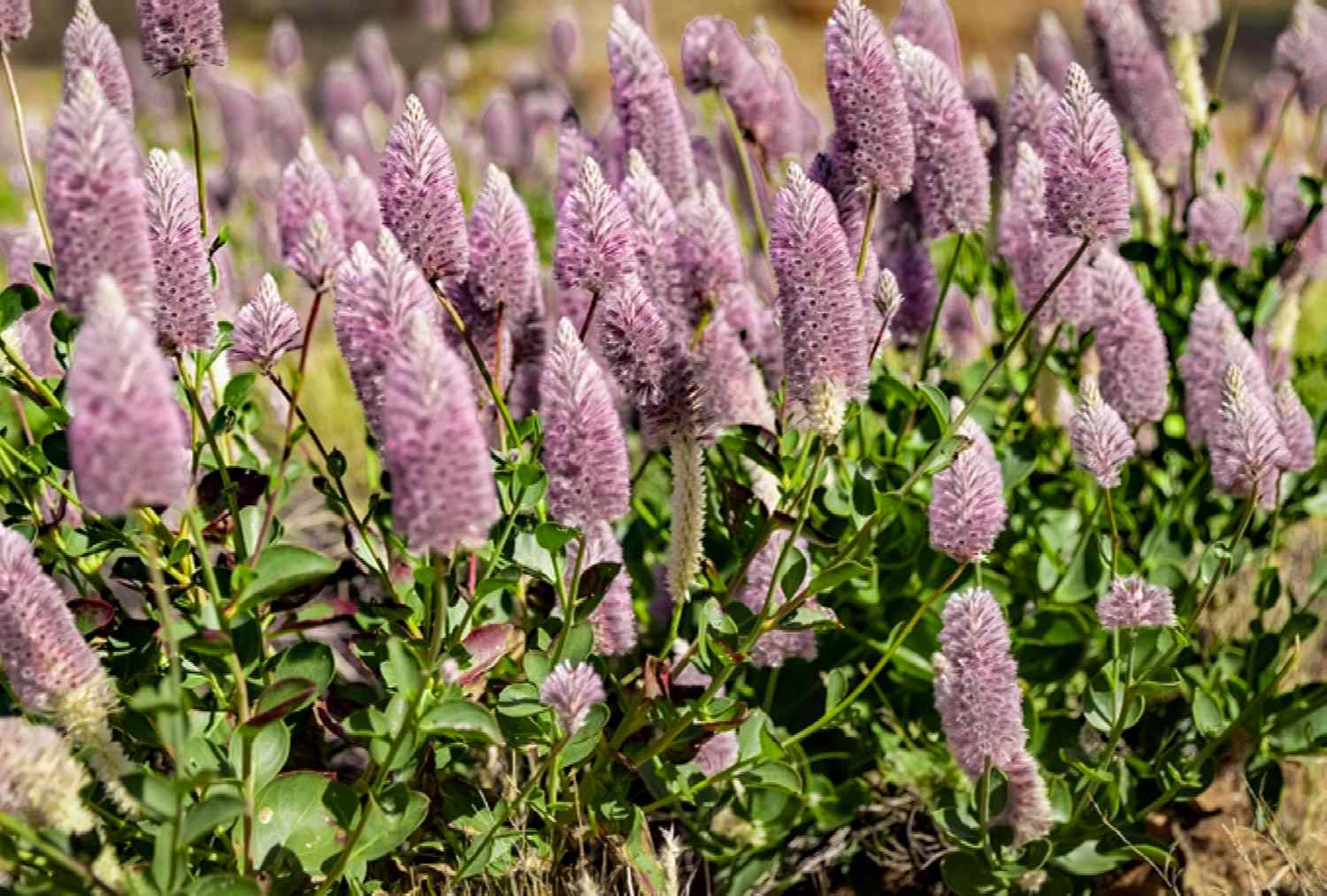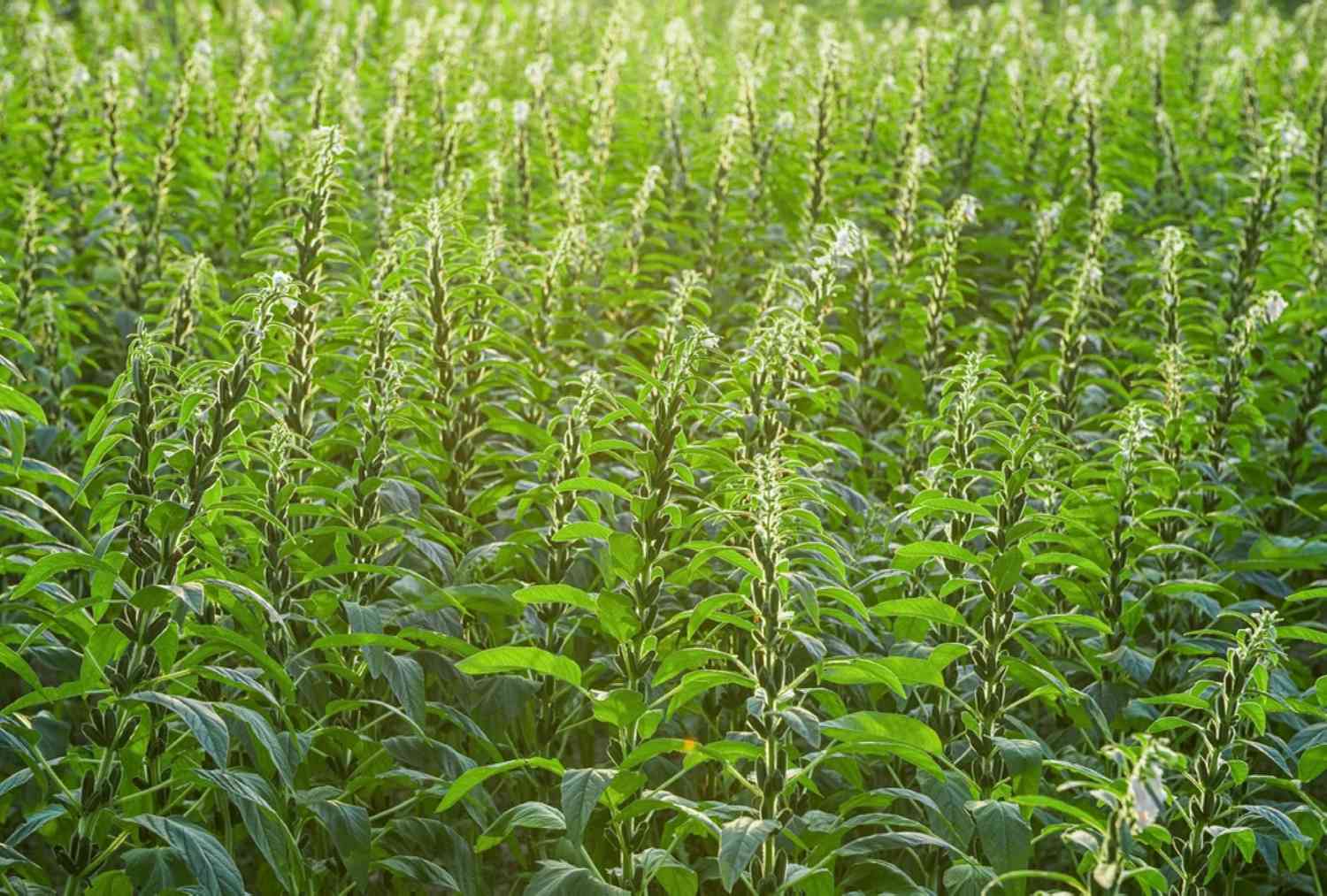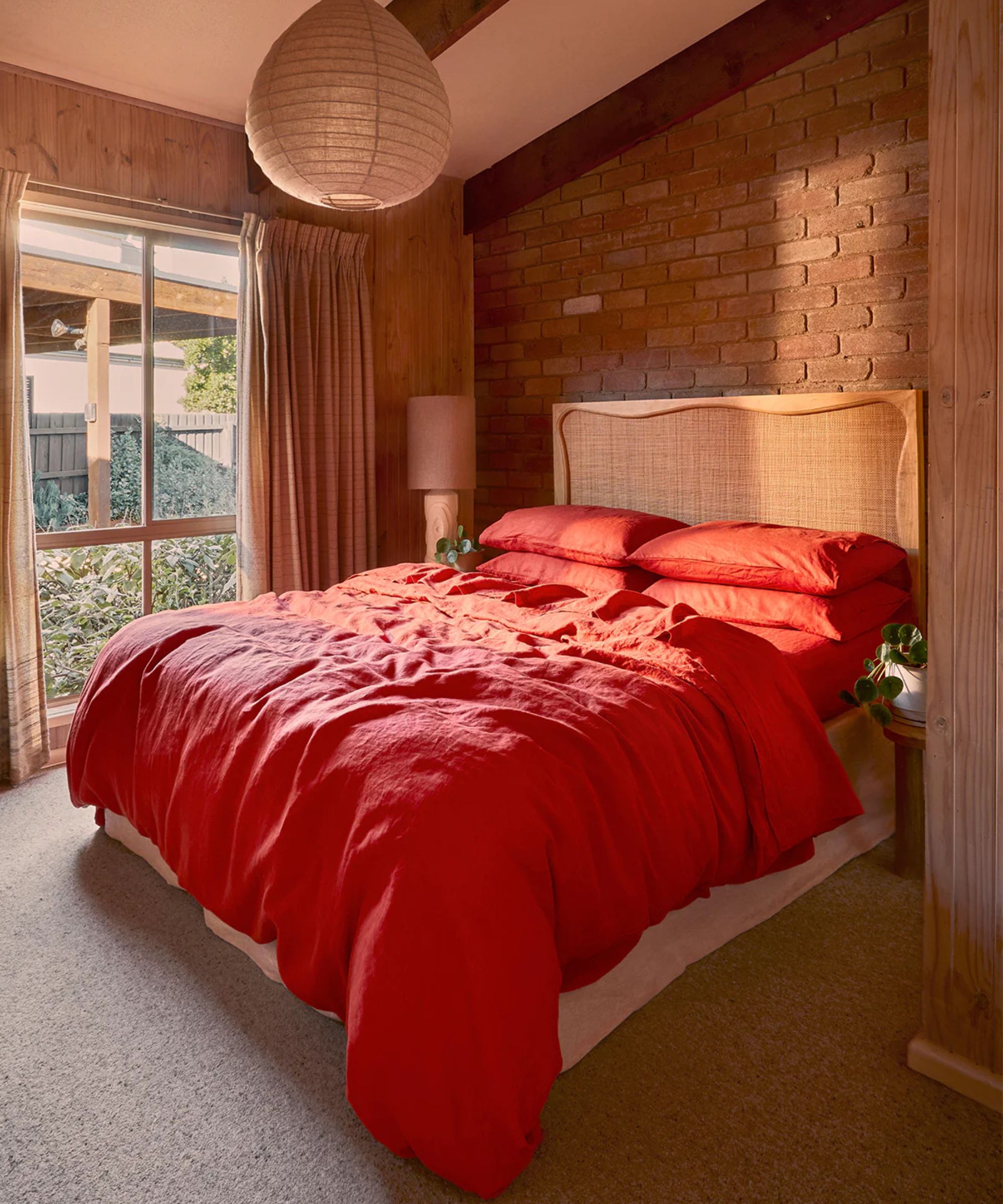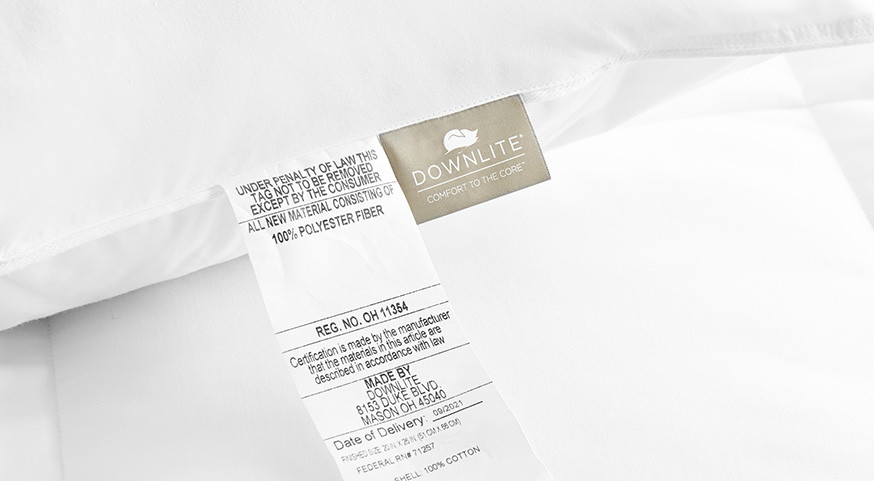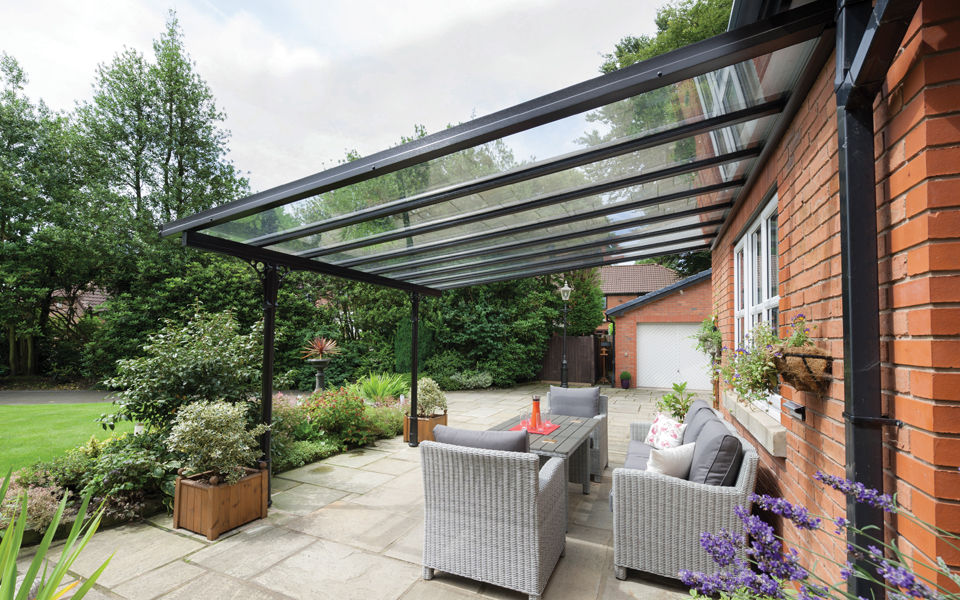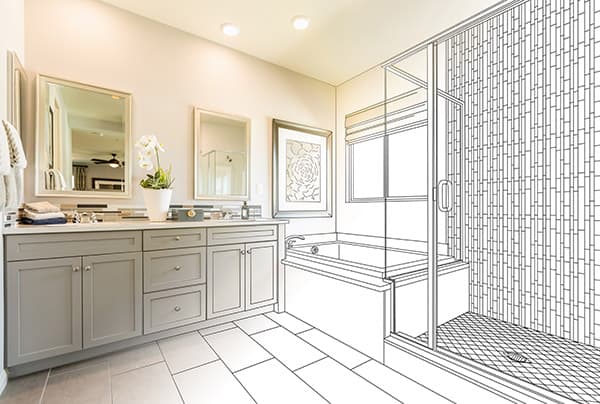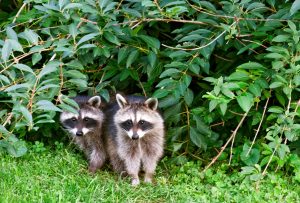‘Mona Lavender’ is a hybrid type of Plectranthus, originating from a Nineties cross between two South African perennial evergreen species, P. saccatus and P. hilliardiae ssp. autrale ”Magwa’. It shows the parental traits of each crops, with each vibrant leaves and lavender blossoms. ‘Mona Lavender’s fairly purple, two-lipped blooms open alongside a purple stem that juts out above shiny ovate leaves which might be inexperienced on the highest facet, purple on the undersides. Its care wants are very very similar to different Plectranthus crops. This sturdy little tropical plant is straightforward to develop and can thrive with minimal care. The botanical title derives from two Greek phrases: “plectron,” which implies spur, and “anthos,” which implies flower. (Plectranthus crops are sometimes often known as spur flowers.) It’s a member of the mint household and is carefully associated to Coleus and the widespread garden weed, creeping Charlie.
‘Mona Lavender’ is a cold-sensitive plant that may be very typically grown as a houseplant, however in zones 10 and 11, it may be planted within the backyard within the spring as a perennial, the place it serves as a broadleaf evergreen plant that blooms as summer season days shorten and into winter.
‘Mona Lavender’ Care
The most effective characteristic of this perennial is how straightforward it’s to develop each indoors and open air. ‘Mona Lavender’ thrives indoors as a houseplant and likewise makes for a no-fuss shrubby perennial when planted open air in heat climates. It brings magnificence to your backyard year-round with fairly foliage and flowers showing in late summer season and blooming into the winter months.
Thought-about to be a short-day plant, Plectranthus will shift into its flowering mode as days turn out to be shorter and its progress will taper off as temperatures get hotter and days get longer. For those who’re rising it as a backyard plant in a area with gentle winter temperatures, you may anticipate your crops to flower on a constant, regular foundation from late summer season right through spring. Simply take into account that the sunshine will decide each its leaf and flower shade—the brighter the sunshine, the richer its shade turns into. When grown as an indoor houseplant, ‘Mona Lavender’ will want as a lot vibrant oblique mild as you may give it to show to most impact.
The Spruce / Adrienne Legault
The Spruce / Adrienne Legault
The Spruce / Adrienne Legault
Mild
A spot that receives vibrant, oblique mild is good for this perennial, ideally receiving some direct morning solar. It appreciates afternoon shade, particularly in sizzling climates. The plant tolerates full shade, however the foliage colours and blooms is not going to be as intense.
Soil
When selecting soil, go for a well-drained, slightly-acidic (pH 5.6-6.5) selection containing natural matter. Select wealthy, loamy soil that drains properly.
Water
‘Mona Lavender’ will develop finest when supplied with each common and even moisture. It is thought-about a thirsty plant and ought to be watered each few days, each time the highest inch or soil feels dry to the contact. Nevertheless, be certain that the soil drains properly to keep away from root rot.
Temperature and Humidity
Although this plant prefers year-round temperatures of 60 to 80 levels Fahrenheit, ‘Mona Lavender’ grown as a backyard plant can briefly face up to mild frosts and temperatures all the way down to 25 or 30 levels Fahrenheit.
Fertilizer
‘Mona Lavender’ could be fertilized each six to 10 weeks with a balanced water-soluble fertilizer. For the quantity to make use of, observe the product label directions. In alkaline soils, fertilizing with an acidifying fertilizer may also help enhance each foliage shade and flowering. Throughout the brief days when ‘Mona Lavender’ is flowering, it’s best to withhold fertilizer, resuming when the flowering begins to taper off.
Kinds of Plectranthus
‘Mona Lavender’ is a first-generation hybrid cross between P. saccatus and P. hilliardiae ssp. autrale ‘Magwa’, and there are not any further cultivars of that cross. Nevertheless, there are different Plectranthus species which might be comparable crops:
- Plectranthus ciliatus is typically often known as blue spurflower. The ‘Troy’s Gold’ cultivar has inexperienced leaves with creamy margins that resemble these of coleus. The ‘Zulu Surprise’ cultivar appears to be like very very similar to ‘Mona Lavender’, with purple undersides to the leaves.
- Plectranthus oertendahlii is usually bought as Swedish ivy (it is vitally standard in that nation) or as Brazilian coleus (it was previously categorized within the Coleus genus). The leaf surfaces are inexperienced with silver markings, with undersides which might be deep pink. However there are additionally many cultivars with totally different leaf variations.
The Plectranthus and Coleus genera are very carefully associated, and plenty of species have swapped positions over the previous couple of years, shifting from Coleus to Plectranthus and vice-versa.
Pruning
Although this plant would not require a major quantity of pruning, you may pinch younger crops commonly to assist encourage branching and the fuller, bushier progress. Lengthy-growing stems can be snipped (if you want, these could be rooted to propagate new crops).
Trim off new stem ideas regularly to assist the plant retain its compact form and kind, and take away the flower spikes after blooming.
Propagating ‘Mona Lavender’
The simplest methodology for propagating new crops is to take stem cuttings and root them. The method is far the identical as for Coleus, that are simply rooted both in a porous rooting combine or just by suspending the slicing in water till roots kind. Propagation could be accomplished nearly any time, however it’s typically accomplished within the fall as a technique for persevering with crops which might be being grown open air. By taking cuttings in fall, rooting them indoors and potting them up within the winter, you’ll have wholesome grownup crops able to return to the patio or backyard when spring arrives. Here is a simple methodology to do it:
- Take 4- to 6-inch cuttings from the information of wholesome crops. Pinch off any flowers or flower buds, and strip the leaves off the underside one-third of the stem.
- Droop the slicing in a jar of unpolluted water and place in a location with vibrant oblique mild (the slicing can be instantly planted in a porous potting combine, for those who desire).
- Watch the slicing rigorously, including water because it evaporates from the jar, and changing it if it turns into yellow or brownish.
- When a great community of roots has developed, plant the slicing in a container crammed with business potting combine, and proceed to develop the plant in vibrant, oblique mild.
- If the brand new plant will get excessively leggy, pinch off the stems to power bushier progress. Within the spring when all hazard of frost has handed, the brand new plant could be moved open air or planted within the backyard. Ensure that to harden it off first by giving the plant more and more longer visits to out of doors circumstances over every week or two.
Tips on how to Develop ‘Mona Lavender’ From Seed
As a result of ‘Mona Lavender’ is so simply propagated from stem cuttings, in addition to the truth that ‘Mona Lavender’ is a hybrid cultivar, seed propagation is not accomplished fairly often. Seed collected from the plant is not going to develop true to the father or mother, as it is a hybrid selection. Nevertheless, you should buy ‘Mona Lavender’ seed from a good firm when you have hassle discovering stay crops at native nurseries.
Sow the seeds indoors about six to eight weeks earlier than the final spring frost, in seedling flats or small pots crammed with a seed-starter potting combine. Sow the seeds shallowly, simply barely overlaying them with combine. Place the flats or pots in a vibrant location (however out of direct daylight) at a temperature of 70 to 75 levels Fahrenheit. Seedlings often emerge in seven to 14 days.
When the seedlings emerge, transfer them into direct daylight or place them below fluorescent plant lights, giving them eight dead nights every evening. When the seedlings are three to 4 weeks previous and have at the least two units of true leaves, feed them with a half-strength answer of houseplant fertilizer.
Earlier than planting open air, harden off the seedlings for every week. Ensure that to maneuver the seedlings indoors if freezing temps are anticipated. This hardening-off course of toughens the plant cells and minimizes transplant shock.
Potting and Repotting ‘Mona Lavender’
When rising Plectranthrus in containers, make sure you select a soilless medium designed to be used in pots. Any pot materials will work however be certain that the pot is well-draining. When grown indoors, ‘Mona Lavender’ will do finest in a spot close to both a vibrant east or south window. When temperatures rise above freezing within the late spring, you may shift your plant outdoors for the summer season. Do your finest to guard ‘Mona Lavender’ from the afternoon solar, as this can be a plant that can’t thrive in excessive warmth.
Yearly or two, repot ‘your ‘Mona Lavender’ plant into a bigger container (1 to 2 occasions wider than the present one) utilizing a well-drained potting combine. Or, you may propagate a stem slicing and discard the father or mother plant.
Overwintering
‘Mona Lavender’ crops being grown within the backyard in heat climates often enter their bloom interval within the fall and winter, and would require further water throughout this time. Fertilizer ought to be withheld, because it stimulates foliage progress on the expense of flowering. The identical holds true for crops being grown indoors in order for you them to bloom robustly.
‘Mona Lavender’ may be very delicate to freezes, so for those who stay in an space with freezing temperatures it is important that you simply carry out of doors potted crops indoors—or take cuttings to propagate indoors—in order for you your ‘Mona Lavender’ crops to outlive the winter.
Frequent Pests & Plant Ailments
Like different Plectranthus species, ‘Mona Lavender’ is basically freed from pest and illness issues when planted open air, offered they’re rising in good, well-draining soil. Occasional pests can embrace whiteflies, aphids, and spider mites through the summer season months. Horticultural oils can deal with these pests in the event that they turn out to be critical, however pure predators typically care for them with none intervention. Pests are typically extra troublesome when ‘Mona Lavender’ is grown indoors as a houseplant.
Ailments embrace leaf spot, stem rot, and root rot, all of that are extra probably in humid circumstances or when the crops are rising in dense, poorly draining soils.
Tips on how to Get ‘Mona Lavender’ to Bloom
As a result of it sometimes blooms in fall via winter, it surprises many individuals who anticipate a typical spring and summer season bloom interval. Thus, aside from gardeners within the deep South, Plectranthus is extra typically grown as an indoor potted houseplant. To get pleasure from plentiful indoor blooms, you will have to provide it a lot of vibrant mild. Failure to bloom is often the results of not sufficient mild or an excessive amount of excessive nitrogen fertilizer. Extreme feeding causes these crops to develop foliage however could compromise the flowering. It is best to withhold fertilizer as these crops enter the bloom season, then resume once more in spring.
Frequent Issues with ‘Mona Lavender’
Apart from the widespread pests that have an effect on many indoor houseplants, ‘Mona Lavender’ is basically problem-free. However it could actually are inclined to get leggy and sparse, particularly in indoor areas the place it isn’t getting sufficient vibrant oblique mild. This can be a widespread downside in northern climates the place sunlight hours are brief in winter. This may be remedied by onerous pruning again of leggy stems, and by giving crops the brightest indoor areas you could find—often a south- or east-facing window.
Once you discover leaf-curling, that is at all times an indication that the crops are in want of water. These crops love moisture, but additionally want good drainage to stop root rot.

